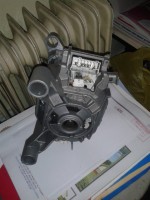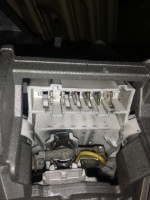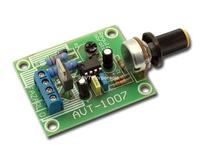Hello.
I have a Bosch washing machine motor, I would like to connect it, but I don't know how.
In the picture of the cube there are 6 pins from 2 to 7, the numbers in the cube 1 and 8 have no pins.
Please write how to connect this motor.
I have a Bosch washing machine motor, I would like to connect it, but I don't know how.
In the picture of the cube there are 6 pins from 2 to 7, the numbers in the cube 1 and 8 have no pins.
Please write how to connect this motor.





